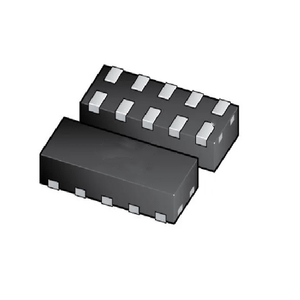Electronic Components Supplier | Transformers, Inductors, Inverters
PRODUCT PARAMETERS
Description
Overview of Original Photocoupler Integrated Circuits Chip Component Transistors Thyristor
Thyristor is a solid-state semiconductor device composed of four layers of alternating P- and N-type materials. It functions as a bistable switch, conducting current only when triggered by a gate signal, and remains conducting until the voltage across it drops below a certain threshold. Thyristors are widely used for controlling high-power electrical circuits, offering efficient and reliable performance in various industrial and electronic applications.
Features of Original Photocoupler Integrated Circuits Chip Component Transistors Thyristor
- High current and voltage handling capabilities
- Low on-state voltage drop, reducing power loss
- Fast switching speeds for precise control
- Latching behavior: once triggered, remains conducting without continuous gate signal
- Robust and durable design suitable for harsh environments
- Available in various types (e.g., SCR, TRIAC, GTO) for specific needs
(Original Photocoupler Integrated Circuits Chip Component Transistors Thyristor)
Specifications of Original Photocoupler Integrated Circuits Chip Component Transistors Thyristor
Original photocoupler IC chips link circuits safely. These components transfer signals using light. They keep electrical systems separate. This prevents damage from voltage spikes. Photocouplers contain an LED and a light detector. The LED turns electrical signals into light. The detector sees this light. It changes the light back into an electrical signal. No direct electrical connection exists. This isolation protects sensitive equipment.
Important specifications define photocoupler performance. Isolation voltage matters most. It shows the maximum voltage difference the chip can block. Higher isolation voltage means better protection. Common values are 2500V, 3750V, or 5000V. This rating ensures safety standards are met.
Current Transfer Ratio (CTR) is another key spec. It measures how efficiently light transfers across the isolation barrier. A higher CTR means less input current is needed. This improves energy efficiency. CTR values vary widely. They depend on the specific photocoupler model.
Speed is critical for many applications. Response time shows how fast the photocoupler reacts. It covers both turning on and turning off. Faster photocouplers handle rapid signal changes. Slower types work for basic tasks. The required speed depends on the circuit’s needs.
Input current drives the internal LED. Forward current is the typical operating level. Maximum ratings should never be exceeded. Output characteristics depend on the detector type. Some use phototransistors. Others use photodarlingtons. Photothyristors handle AC power control. Each output type serves different circuit functions.
Package style affects size and mounting. Common options are DIP, SMD, or through-hole. Temperature range is important too. Industrial chips handle wider temperature swings. Consumer chips tolerate less. Voltage ratings for input and output sides must match circuit voltages. Always check the datasheet for exact values.
(Original Photocoupler Integrated Circuits Chip Component Transistors Thyristor)
Applications of Original Photocoupler Integrated Circuits Chip Component Transistors Thyristor
Photocoupler ICs transfer signals using light. They keep circuits separate. This isolation matters a lot. These chips are common in factories. They protect control systems from power surges on the factory floor. Machines use high voltage. Sensitive controllers use low voltage. Photocouplers bridge this gap safely. They prevent damage.
Power supplies need these components too. They help control switching regulators. They isolate feedback signals. This keeps the output stable and safe. It protects the input side. Safety standards often require this isolation. Photocouplers meet those rules.
Consumer electronics use them. Think about phone chargers or power adapters. Photocouplers isolate the mains power from the low-voltage output. They keep users safe from electric shock. They help control the power flow inside the adapter. This makes chargers reliable.
Automotive systems rely on photocouplers. Cars have many electronic control units. These units talk to each other. Photocouplers isolate communication lines like CAN bus. They block electrical noise. They prevent ground loops. This stops false signals. It protects expensive car computers. Electric vehicles need strong isolation for battery management. Photocouplers provide that.
Thyristor outputs are another key use. Photocouplers trigger high-power thyristors. They switch motors or heaters. The light signal turns the thyristor on or off. It isolates the small control signal from the big power circuit. This setup controls heavy loads safely. It is common in industrial equipment.
Company Profile
PDDN Photoelectron Technology Co., Ltd. is one of the leading enterprises in power electronics technology and power products, which is fully involved in developing solar inverters, transformers, voltage regulators, distribution cabinets, thyristors, modules, diodes, heaters, and other electronic devices or semiconductors. We will be committed to providing users with high-quality, efficient products and considerate service.
It accepts payment via Credit Card, T/T, West Union, and Paypal. PDDN will ship the goods to customers overseas through FedEx, DHL, by sea, or by air. If you want high-quality Original Photocoupler Integrated Circuits Chip Component Transistors Thyristor, please send us inquiries; we will be here to help you.
Payment Methods
L/C, T/T, Western Union, Paypal, Credit Card etc.
Shipment
By sea, by air, by express, as customers request.
Storage Conditions
1) Store in a dry environment at room temperature.
2) Avoid damp and high temperature.
3) Use immediately after opening the inner packing bag.
5 FAQs of Original Photocoupler Integrated Circuits Chip Component Transistors Thyristor
What does a photocoupler chip do?
It sends signals between circuits safely. It uses light inside. The input side has a light emitter. The output side has a light sensor. They are not connected electrically. This blocks high voltages. This protects sensitive parts.
Why use photocouplers for isolation?
They stop dangerous voltages. High voltage on one side cannot jump to the other side. This prevents damage. This protects people too. Other methods might not block as well. Photocouplers are reliable for this.
How fast do photocoupler signals work?
Speed varies by type. Simple phototransistor types are slower. They handle kilohertz speeds. Faster types use photodiodes. They manage megabits per second. Check the datasheet for your model. Speed affects signal timing.
Do photocouplers wear out?
Yes, the light emitter can fade. Its brightness drops over time. This happens faster with high current or heat. Good circuit design helps. Use the right current. Keep it cool. This makes them last longer.
How do I pick the right photocoupler?
Consider your circuit needs. Check the voltage rating needed. Find the speed your signal requires. See if you need a transistor or thyristor output. Look at the current transfer ratio. Match these to your application.
(Original Photocoupler Integrated Circuits Chip Component Transistors Thyristor)
REQUEST A QUOTE
RELATED PRODUCTS

Dimming Switching Power Supply
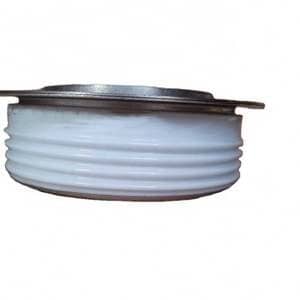
MOSFET Transistor Mos Tube Amp Power Mosfet
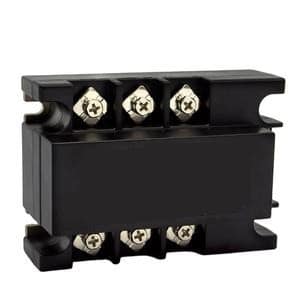
High Voltage Thyristor Control SCR kp1000A 1600V
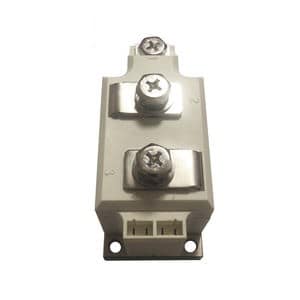
Industrial Aluminum Shell Electric Tilting Melting Scrap Stainless Steel Crucible Copper Melt Induction Furnace
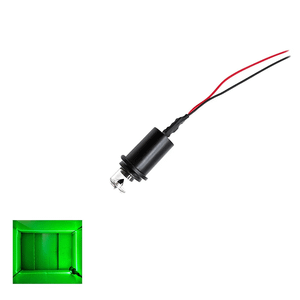
Light Dimmer Thyristor Stepless Dimming Incandescent Lamp Adjustable LED Wood Panel UK Standard 500W Brass Knob Fan Dimmer



